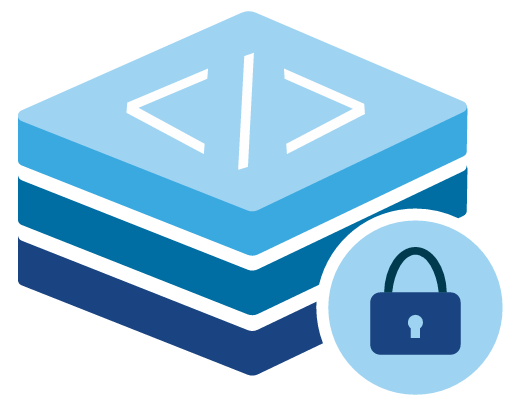Introduction
In an era where regulations evolve rapidly and cyber threats multiply daily, organizations can no longer rely on manual compliance processes. Governance, Risk, and Compliance (GRC) require agility, intelligence, and integration. That’s where AI-powered GRC platforms like LockThreat.ai are making a real difference.
In this post, we will explore how AI is reshaping GRC, the benefits it brings, key features to look for, and how businesses can adapt.
What Is AI-Powered GRC?
- Automated risk detection using machine learning
- Real-time analytics and insights
- Intelligent policy mapping and control suggestions
- Smarter evidence collection & audit readiness
- Integration across systems for unified visibility
Key Benefits of AI in GRC
- Proactive Risk Identification
AI models can analyze patterns, detect anomalies, and flag potential vulnerabilities or control lapses before they become crises. - Efficiency & Automation
Tasks like compliance checks, audit evidence gathering, control assessments, and reporting can be automated, freeing up teams to focus on high-value strategy. - Real-Time Visibility & Dashboards
Instead of periodic snapshots, AI enables continuous monitoring and dashboards that update as data flows in—empowering decision-makers with up-to-date insights. - Scalability & Adaptability
As an organization grows or regulations change, an AI-driven GRC system scales without proportionally expanding manual effort. - Better Compliance with Less Overhead
By reducing manual errors, enhancing traceability, and automating audit trails, AI GRC platforms help maintain compliance with less friction.
What to Look for in an AI-GRC Solution (Checklist)
- Unified platform: Ability to manage policies, risks, controls, audits, incidents, and compliance in one place (LockThreat’s “complete coverage” across frameworks and use cases). LockThreat
- No-code / low-code workflow builder: Easily build or adapt processes without heavy development.
- Integrations: Prebuilt connectors to cloud services, ERPs, identity systems, ticketing, etc.
- Custom dashboards & reports: Visualize KPIs, risk trends, control status.
- Multi-environment deployment: Cloud, on-premises, hybrid, multi-tenant. (LockThreat offers multi-region, multi-tenant flexibility) LockThreat
- Continuous risk monitoring: Not just static assessments but ongoing risk scoring.
- Audit & evidence management: Store evidence, link controls to audits, track histories.
Real-World Use Case (Inspired by LockThreat’s Approach)
Imagine a mid-sized retail company that must comply with PCI DSS (for payment card data), internal IT security policies, and regional data protection laws. They use multiple systems: e-commerce, ERP, POS, HR, and cloud infrastructure.
Challenges:
- Disjointed security logs and compliance tools
- Manual audits drawing data from many systems
- Delays in detecting control failures
- Difficulty maintaining proof for regulators
With an AI-powered GRC platform:
- The system ingests logs and data from all connected systems
- Automated models flag anomalies (e.g. unusual access activity)
- Policy changes propagate to controls and workflows
- Dashboards show risk posture per business unit
Audit trails are linked and evidence stored centrally
Getting Started & Best Practices
- Start small but strategically Pilot on a key risk domain or compliance requirement. Use early wins to build momentum.
- Data integration is foundational Connect existing systems (ERP, SIEM, ticketing, HR) to feed the GRC engine.
- Train your teams Risk & compliance teams need to understand how AI models arrive at alerts so they trust and interpret outputs.
- Govern the AI models Treat models as part of control—versioning, review, feedback loops, and human oversight matter.
- Continuously iterate As regulations, business models, and threats evolve, update policies, models, thresholds.
Conclusion
AI is not just a buzzword in GRC, it’s catalyzing a shift from manual, reactive compliance to intelligent, proactive risk strategy. As exemplified by platforms like LockThreat.ai, today’s organizations can unify governance, risk, and compliance onto a smarter, scalable foundation.
If your business is seeking to modernize its risk and compliance posture, adopting AI-powered GRC could be a game-changer.



